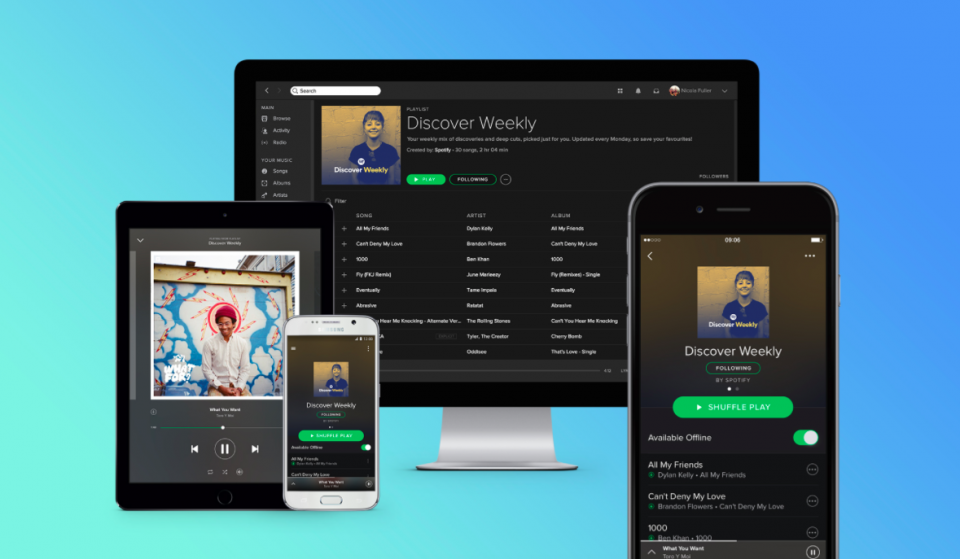With attention becoming one the most valued commodities in digital marketing, content personalisation is key to making heads turn. While the term ‘personalisation’ has become a buzzword among marketers, there is research that shows users love it. According to a report by Adobe, the demand for personalised content is higher than ever before – 67% of respondents said they think it’s important to view content that is automatically adjusted to match their preferences – and a study by Demand Metrics found that personalised content is actually 80% more effective than ‘un-personalised’ content.
But what is content personalisation, really?
Generally speaking, it’s a content marketing strategy that leverages data insights and aims to deliver relevant content based on the preferences and interests of readers and viewers. It’s essentially compelling storytelling that is targeted to its audience.
How does content personalisation work?
This personalised approach isn’t entirely new. In fact, the roots of personalisation don’t stem from data, but rather from the re-emergence of the ‘bespoke experience’. Like an old-fashioned tailor who only created custom clothing for clients, offering a bespoke experience makes a user feel as if they have something special, rare, and made specifically for them. In fact, according to recent Epsilon research, 80% of consumers are more likely to purchase from a business that offers a personalised experience.
In this digital age, personalised content is often a merger between creative idea and data analysis. But adding a personal touch for readers is more than just a newsletter that knows your name, and it ranges from Amazon and YouTube suggesting relevant products and videos to breweries offering personalised craft beer.
With emerging technologies transforming digital marketing, both AI (artificial intelligence) and VR (virtual reality) are leading to new ways of creating and viewing content. There are plenty of opportunities for personalised and gamified content, such as for learning services. With the immersing ability to transport people into another reality, VR will continue to impact the way brands tell stories. However, understanding the audience’s content consumption habits will remain crucial to make personalisation a success.
How to incorporate content personalisation
However, surely not every brand has the possibility to leverage VR technology to create personalised stories and products. While understanding the needs of consumers and collecting the right signals (aka data) is crucial to crafting a personalised approach, a brilliant creative idea can do wonders. One such example is Trouble Brewing in Singapore, a newly launched brand that crafts unique experiences for businesses and events.
While personalisation sounds like a straightforward approach to making customers happy, there are challenges, including not having enough data to customise content or not gaining any insights. Here is a set of questions that will help you to get started with launching personalisation:
- Are you collecting any data?
- Are you able to gain insights about user habits?
- What do you know about your audience?
- What are they interested in?
- What do you want to achieve with personalised content?
- How does your approach support your business goals?
- What do you want to personalise? (Products, services, stories, marketing, etc.)
- Is your personalisation scalable?
A prominent example of how to successfully and creatively personalise a product that generates content is Coca Cola’s Share a Coke campaign, which originated in Australia in 2011. For instance, to increase consumption and get Australians talking about Coke again, the soft drink brand printed 150 of the country’s most popular names on its cans and bottles. By doing this, they increased sales by 7% among young adults and hit over 18 million media impressions; additionally, they also generated a huge wave of brand enthusiasm. Due to the campaign’s success, Coca Cola has adopted it across other markets.
Another, more sophisticated example is Spotify’s ‘Discover Weekly’ playlists are based entirely on data collection, analytics and automation. Similar to Amazon’s product recommendations, the Swedish streaming service aimed to increase content consumption, turning the volume up for its users. Based on individual listening habits, an algorithm curates a series of personalised playlists each week. The result is a mix of songs that will match a person’s taste profile with previously unplayed songs. By offering this, Spotify managed to not only increase the time spent on the platform, but the personalised playlists are also a value-add service, even for non-premium Spotify members.
Here are some more ideas for personalised content:
- Recommending products based on browsing behaviour
- Personalising search results
- Geo-location targeting (personalised directions)
- Personalising emails based on interest
- Suggesting complimentary services and products
- Upselling related, relevant product or service of purchase
- Reminding (retargeting) potential customers about viewed products or abandoned carts
- Offering personalised style guides (for ecommerce)
- Personalising offers for returning visitors based on their interests
To deliver personalised messages to individuals at scale, brands need to combine relevant data insights with a creative approach – it’s their synergies that can enable brands to generate a strong performance. While data helps to identify the right audience and their behaviour across devices and channels, a creative idea can lead to a personalised experience that’s enforced with every brand interaction over time. It’s this approach that will help marketers tailor the brand experience and speak directly to its customers.
Especially in today’s ever-shifting marketing landscape, efficient and effective marketing strategies are crucial. Considering that personalisation, such as product recommendations, can generate 68% more revenue for ecommerce platforms, this type of targeted content will continue to be a strategic pillar in the content marketing strategies of leading brands and offer growth opportunities for smaller companies.
Want to create personalised experiences and stories for your audience? Reach out to [email protected].

